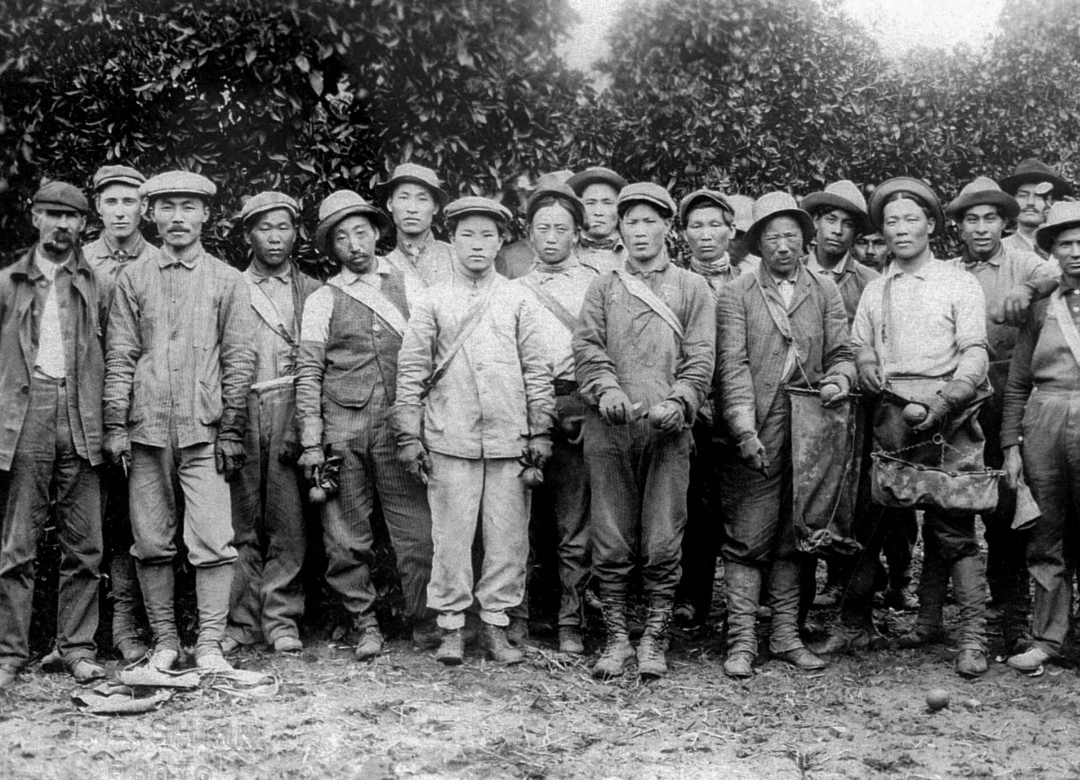Jill Cowen at The New York Times highlighted Prof. Ed Chang’s groundbreaking research on Pachappa Camp, the first Koreatown in the U.S., which was located here in Riverside, CA. Excerpt below:
The biggest thing that set Pachappa Camp apart, however, was the fact that it was a distinctly Korean community — the first in the United States, predating the founding of Los Angeles’s Koreatown by the businessman Hi Duk Lee by more than half a century.
And while Ahn [Chang-Ho]’s life and legacy have been deeply studied, extensively documented and honored, his role in founding a Korean community in Riverside was virtually unknown until about five years ago, when Chang stumbled across a 1908 map issued by an insurance company. It had a caption labeling a Korean settlement in Riverside.
“I thought, ‘Korean settlement? In Riverside?’” he said.
Chang said it was known that Ahn spent some time in Riverside. He had seen an image of Ahn picking oranges there. And a 1913 episode known as the Hemet Valley Incident — which involved Korean fruit pickers Chang later determined had come from Riverside — has been widely cited as a pivotal moment for the Korean national identity.
But what Ahn was doing in the Inland Empire for more than five years before he moved his family to Los Angeles in 1913 was a puzzle. That puzzle turned into what Chang described as the most gratifying research of his career.
“People said it’s like destiny,” he said. “I’ve been teaching in Riverside for almost 30 years, and I didn’t know anything about it.”
As it turned out, Pachappa Camp was also a place where Ahn honed many of the democratic ideas that he brought back to Korea, which had been a monarchy and was occupied by Japan.
“I was able to trace the birth of whole democratic institutions to here in Riverside,” Chang said. “I was uncovering all of this and I was so shocked.”
With the help of graduate student interns from Korea who translated documents from older Korean, Chang last month published a book of his findings, “Pachappa Camp: The First Koreatown in the United States.”
Read the article here. Image above: University of Southern California, Korean American Digital Archive

